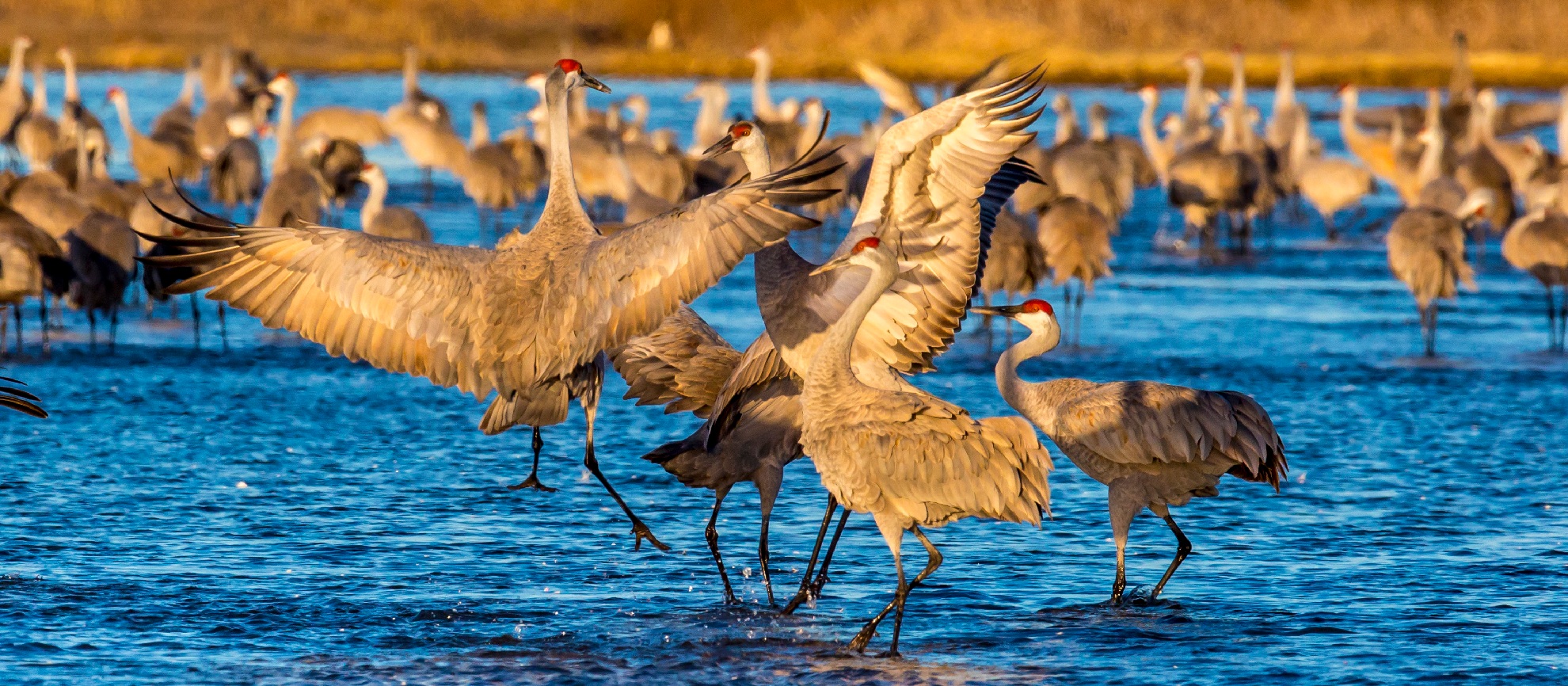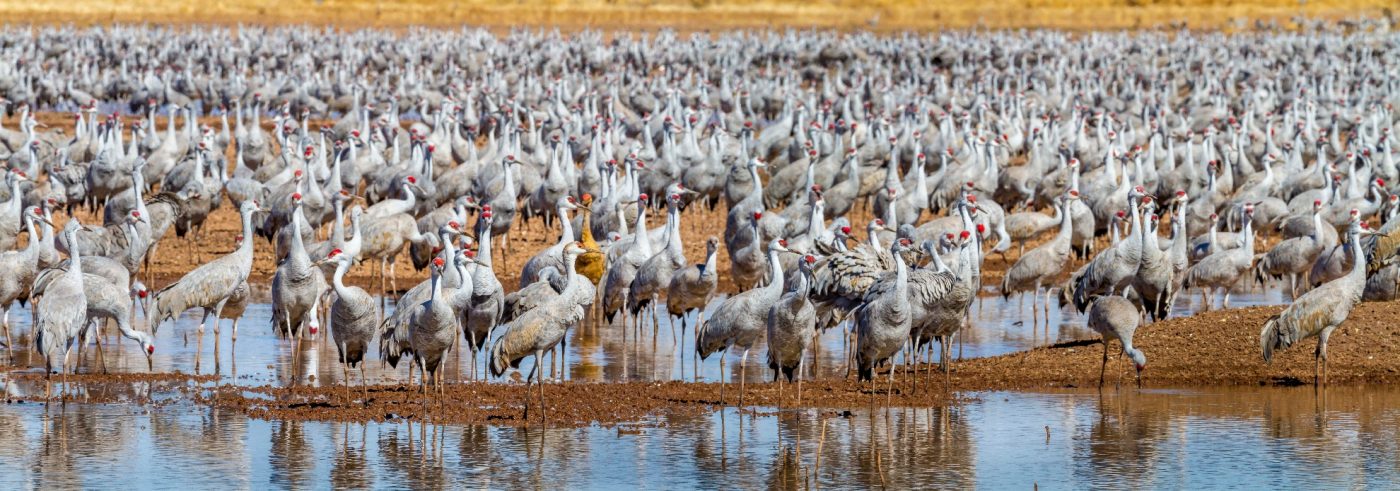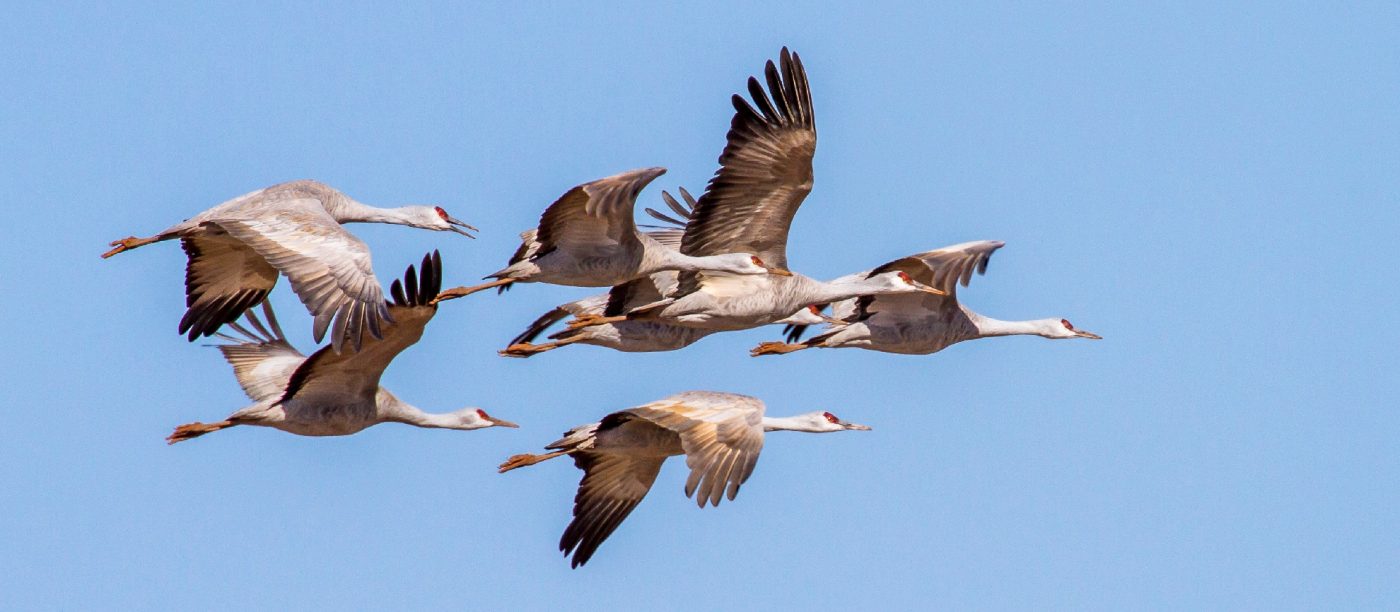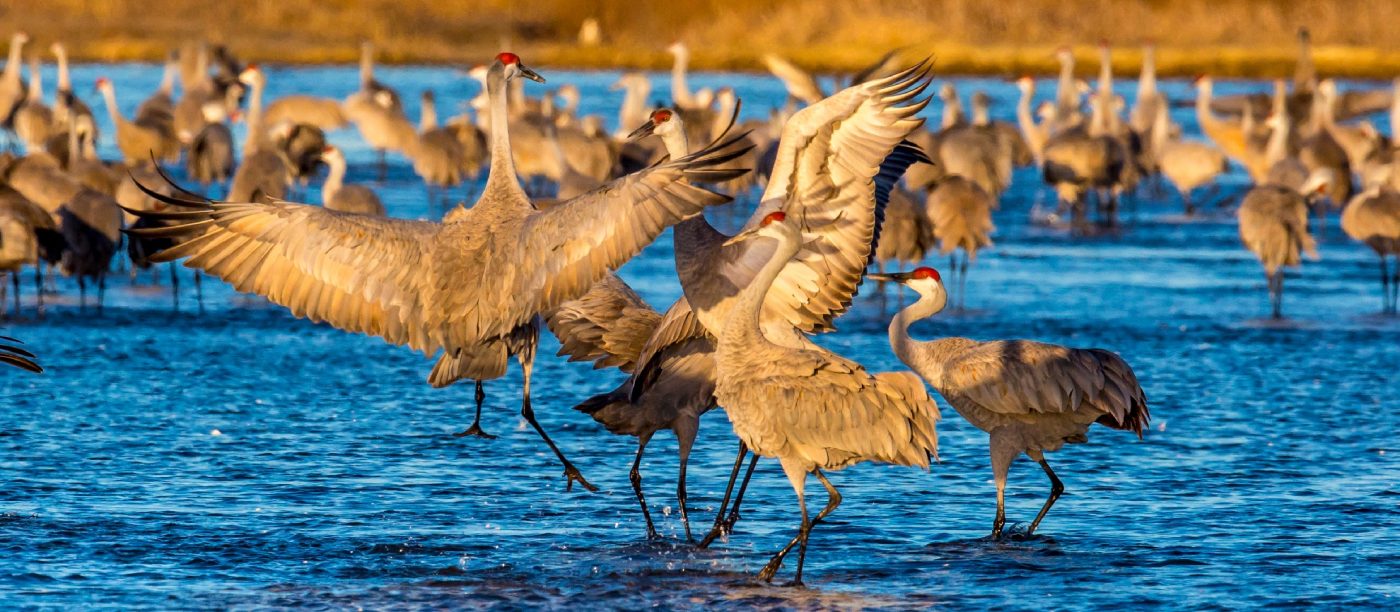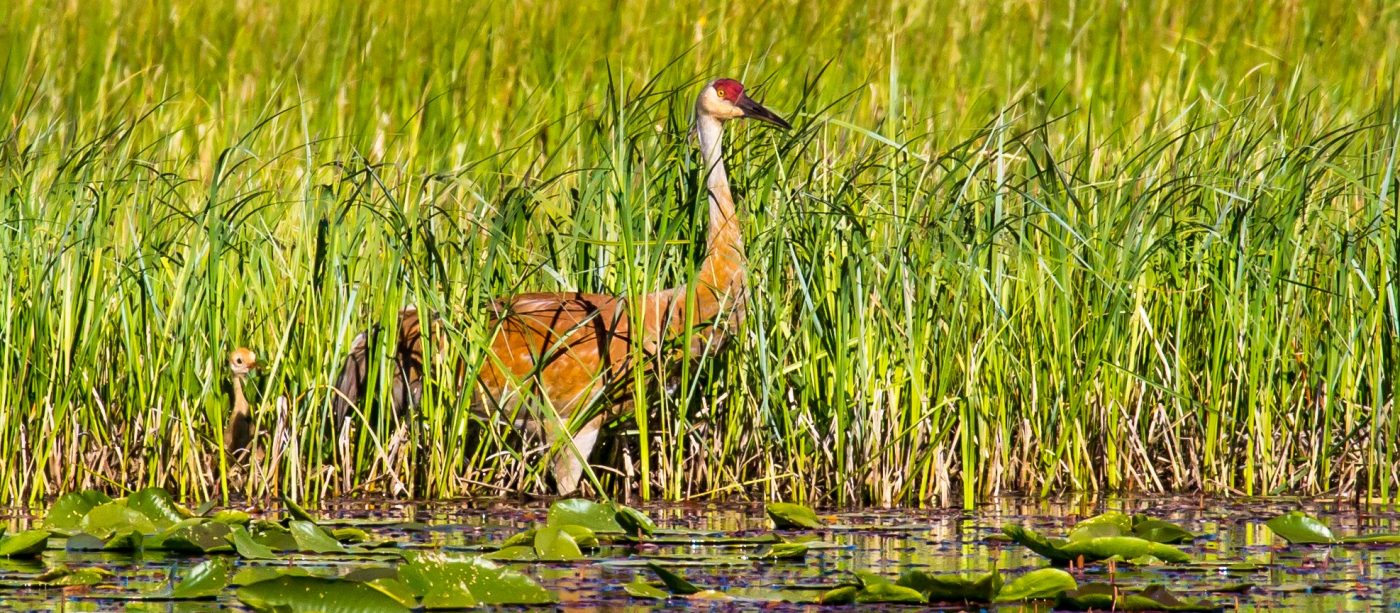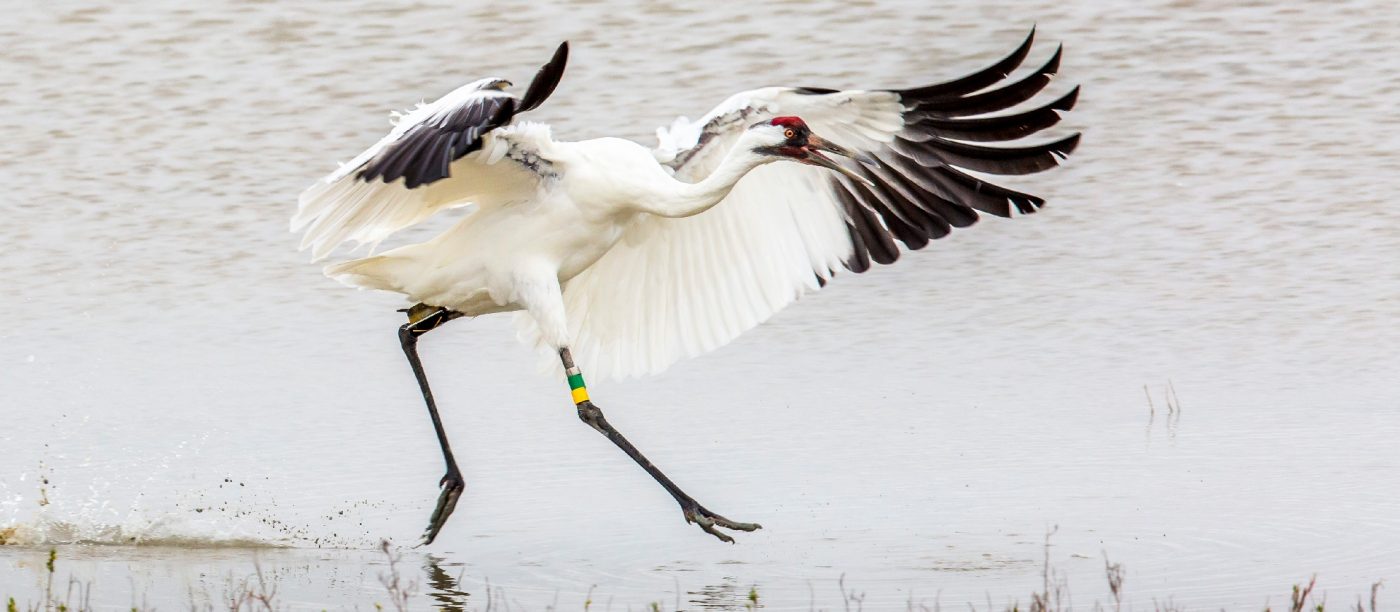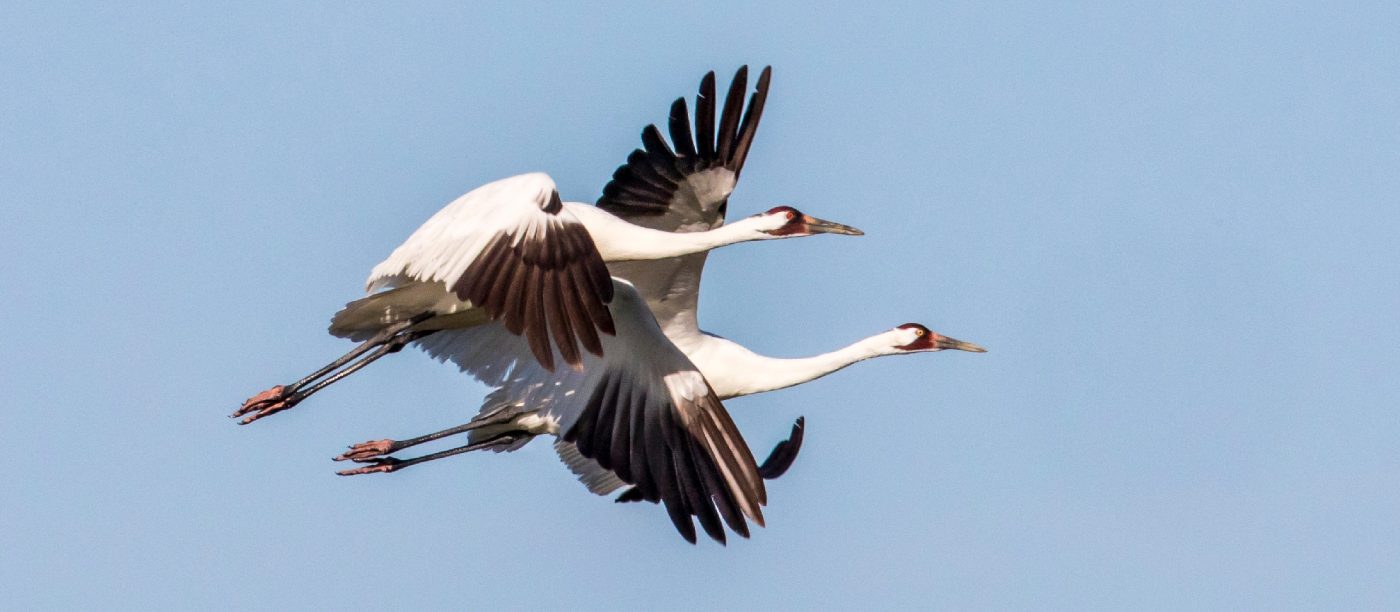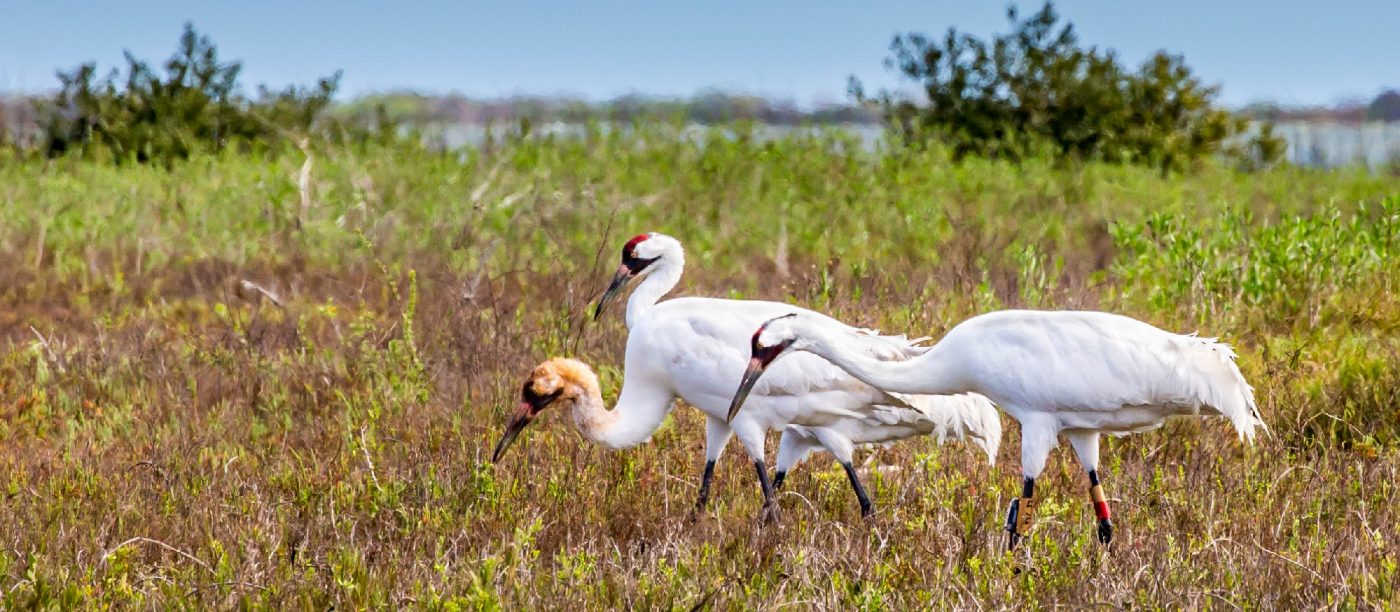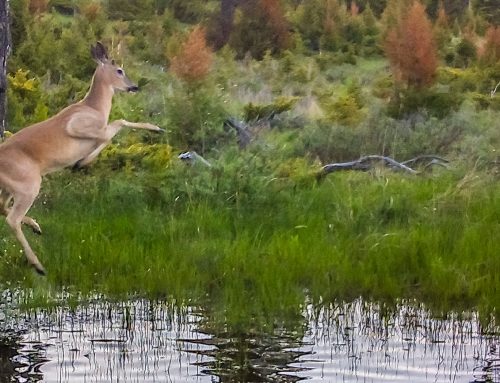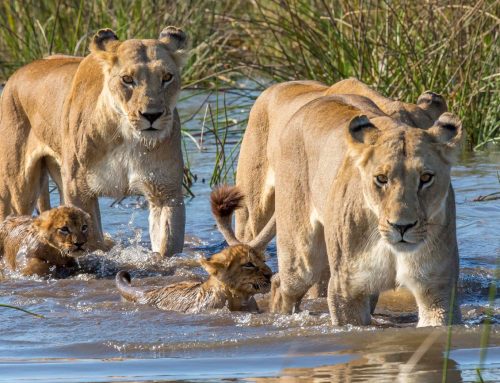Heavenly Birds
The lavender twilight basks a warm glow upon the open water allowing slender silhouettes to separate themselves from the dark moving mass on this shallow lake. I feel the chilly morning air charged with anticipation as I watch the sunrise begin to brighten. I am patiently waiting for the suns rays to reach above the surrounding mountains to touch my shivering body. The moving mass out on the water is also waiting but is also filling the air with the reverberations coming from the calls of thousands of throats.
Now gradually revealing themselves before me are at least twenty thousand Sandhill Cranes together asking for permission to takeoff. Over about twenty acres, these tall birds have gathered themselves close together in the night on sand spits. Some of the outlying birds are just twenty yards from me. The accumulation of the sounds of such an enormous orchestra projecting raucous roiling calls is truly deafening. The cranes are now spreading their wings, dancing, and jumping several feet into the air. The morning energy is building, the sound level continues to rise. Is it time, is it time? Who will rise first? What should I focus on?
Fig. 1 Canon 7D 400mm f2.8, 1/400 sec at f/16, ISO 400
Then like the firing of the starting pistol at a track meet, all at once these tremendous birds explode above the water, each bird instantly follows the one before it, and they form an immense thunderous overhead cloud. They climb higher the first of the sun’s rays light up their wingtips and out-stretched necks. This is an amazing moment of natural power as the sound
Fig. 2 Canon 7D 400mm f2.8, 1/400 sec at f/16, ISO 400
wave penetrates my body and overflowing excitement overcomes me to witness this unison of liftoff of thousands of wings. This is the equivalent of Air Force “Thunderbirds” flying directly head and applying fuel to their afterburners to thunderously accelerate into the heavens.
This is February at Whitewater Draw a refuge in southeast Arizona The cranes are flying out to spent corn fields twenty miles away to glean some fuel for their day. The Sandhill Crane’s loud, rolling, trumpeting sound comes from a long windpipe that help the sound develop lower pitch harmonics that add richness that can be heard for miles.
Fig. 3 Canon 5D Mk III, 400mm f2.8, 1/1000 sec at f/13, ISO 1250
Courting cranes stretch their wings, pump their heads, bow, and leap high into the air in a graceful and energetic dance. The image above is in mid-March at the biggest crane rendevous of all, in Nebraska, on the Platt River. Over seventy miles of river over 400,000 cranes are spread out. Most of them are lesser sandhills standing four feet tall with out ten percent being greater sandhills six inches taller.
These birds will leave here in a couple of weeks and make their way north along the Central Flyway into the Rocky Mountains, Canada, Alaska and Siberia. The cranes farthest west will fly some of the longest distances to Russia. These birds mate for life which be two decades and stay
Fig. 4 Canon 5D Mk III, 400mm f2.8, 1/1000 sec at f/14, ISO 1600
with their mates year-round. Each pair will separate along the way to find their own individual isolated nesting site. Sandhill Cranes breed in open wetland habitats surrounded by shrubs or trees. They nest in marshes, bogs, wet meadows, prairies, burned-over aspen stands, and other moist habitats, preferring those with standing water. I have often seen them in alpine meadows and oxbow lakes. I have watched many females hide on a nest by dropping her long neck down into the surrounding grass even though most of her body is fully exposed. Juveniles stick close by their parents for 9 or 10 months after hatching. They are among the oldest of living birds.
Whooping cranes are the tallest birds in North America and are quite different than sandhill cranes. They are six inches taller than the greater sandhill and very striking with white feathers and black primaries. Their red bare heads are similar and this colored area expands when the birds are alarmed and irritated. Sandhills enjoy large gatherings the Whoopers do not and are extremely territorial. They will chase off birds like laughing gulls who want to steal food and other Whoopers not of their own family.
Fig. 5 Canon 5D Mk III, 400mm f2.8, 1/1000 sec at f/13, ISO 1250
In 1940 a hurricane decimated the already small Louisiana population, and the number of wild Whooping Cranes dropped to just 21 birds in the mid-1940s. Now for the first time since the late
Fig. 6 Canon 5D Mk III, 400mm f2.8, 1/1000 sec at f/22, ISO 1600
1800s, there are more than 500 in the crane population wintering in south Texas. U.S. Fish and Wildlife Service aerial surveys counted 505 cranes in and around the Aransas National Wildlife Refuge in 2018. This was a dramatic increase from 330 cranes in 2015 and 430 in 2017 during my volunteering visits to the refuge with Earthwatch.
Aransas NWR is a large salt-marsh where the birds forage for blue crabs, wolf berries, snakes, and anything else edible in the mudflats. In the first year the young have cinnamon-colored heads before they mature. Two are commonly born but usually only one survives. They follow the adult parents closely to learn and have food shared with them. The cranes glide around their favorite plots on wings that span seven-feet-six-inches. They are quick to spot any white color within a quarter of a mile and menacingly swoop down with alarming calls to force these other birds into flight. Ironically they will tolerate the company of sandhill cranes. Because these birds need their own large areas, it is a limiting factor in their recovery to a target of one thousand cranes. They are running out of preserved area.
I watched a small pack of three coyotes come near the cranes but only the youngster, not quite an adult, was alarmed. The bird’s bills are sharp daggers that can be powerfully thrust and the undoubtably the coyotes have learned this and kept their distance.
Fig. 7 Canon 5D Mk III, 400mm f5.6, 1/500 sec at f/14, ISO 1000
They arrive in late October and fly out in late March traveling twenty-six hundred miles to Wood Buffalo National Park in northern Alberta. I have visited this far away Park and it is an ideal place for the birds to breed with potholes and waterlogged soils for nesting and protection from bobcats and coyotes. The surrounding trees are thick aspens, and stubby black spruce. No one knew the secret of where they breed until discovery in 1956. This park was a Reserve for Wood Bison established in 1922. How wonderful that it saved another species.
David A. Rein


